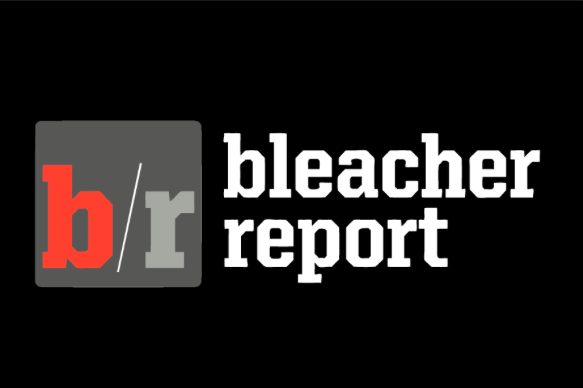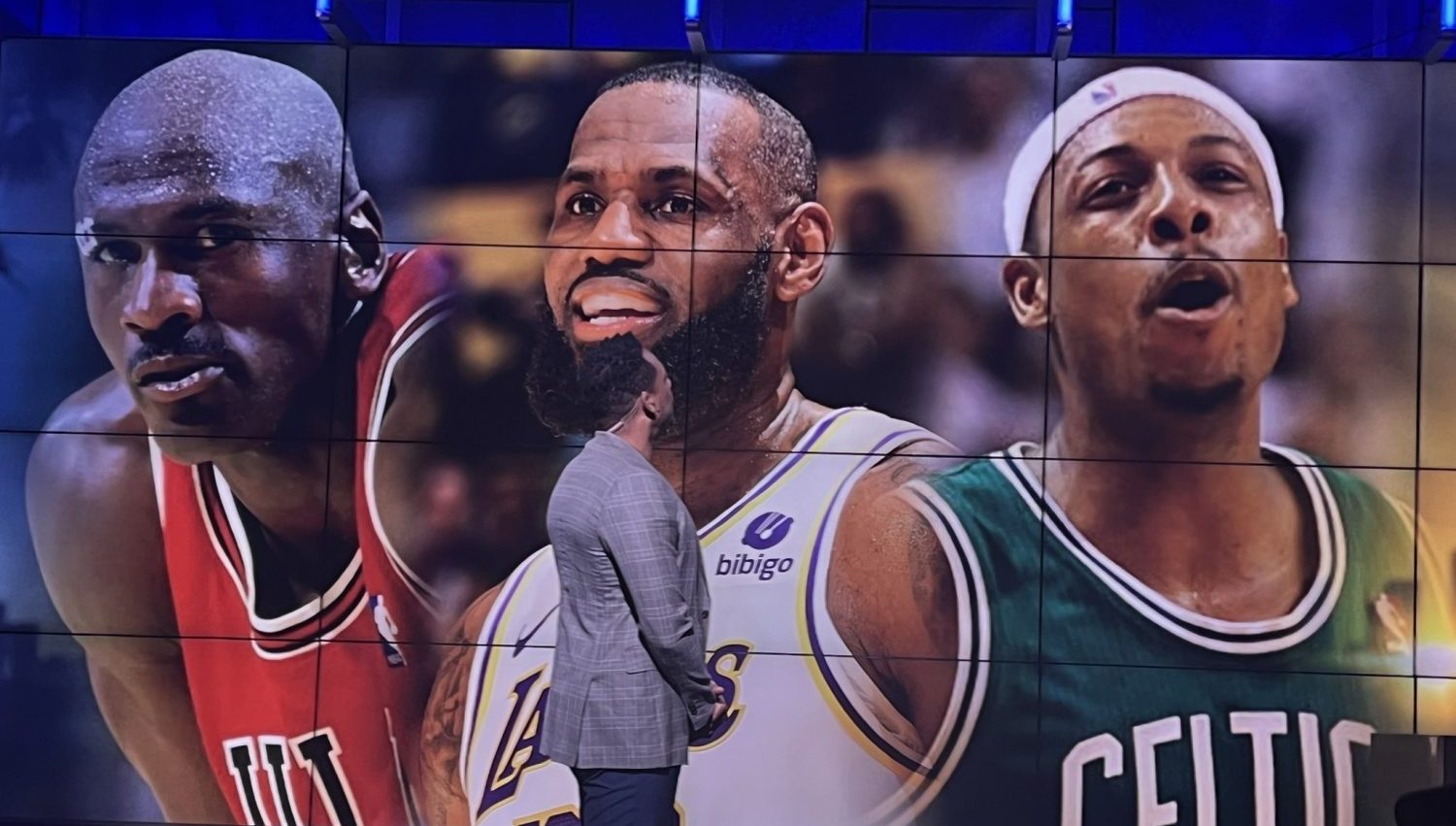When you think of media mergers and partnerships, which examples spring to mind? AOL-Time Warner? That one didn’t work out so well.
In fact, oftentimes they don’t work out well. Culture differences, talent drain, and many, many other things can go wrong when you combine two entirely different companies. This is obviously not revelatory, especially since the stories of failures are often much more newsworthy than the stories of success. “Company Disintegrates” is always worth a few more clicks than “Company Runs Smoothly.”
The latest
It wasn’t exactly seen as a brilliant strategy play at the time, as Bleacher Report came into existence as a slideshow and shoddy writing paradise. But it drew traffic, and continued to do so and grow, and since the period just before the initial Turner investment, they’ve added plenty of polished outside talent to go with the fruits of their homegrown writer program.
From our coverage of the initial merger, looking back on early Turner influence on B/R:
So, what’s the takeaway here? B/R’s content and hiring have certainly changed under the Turner regime, particularly with the addition of high-profile writers like Freeman and Beck. Those hires definitely make it more difficult for internal people to advance, at least to some degree. Has B/R’s content gotten to the point where it’s a must-read site? Is there enough potential to advance to make it worth working there? Where you stand on those questions likely depends on your perspective, but it’s notable that B/R definitely isn’t just a voice for fans or “a player development system for writers” these days, and it’s turned into much more of a traditional media company. Decide for yourself if that’s good or bad.
More recently, in March Turner announced a large investment in Bleacher Report, pumping in $100 million:
For Turner President David Levy, this is more than just making the site viable, it’s about making it a true destination for all types of content:
The company also intends to experiment with animated content, as well as editorial focused on the intersection of sports and pop culture, such as music and fashion, he said.
Now think about that. For those of us who remember who Bleacher Report began, this was hardly foreseeable, but the future is now for BR which has gone through a massive rebrand and change in strategy. Gone are the slideshows. Gone are the anonymous bloggers. Now, Bleacher Report has become one of Turner Sports’ coveted properties and the company sees a bright star in the digital universe:
“When we bought it, it really was a brand,” said Mr. Levy. “Whether it was really something with [complete] journalistic integrity, you can debate that one way or another. But we truly saw it as a brand. Turner wasn’t a sports brand. We sort of needed a sports destination media brand.”
“If you ask people in the industry, nobody is thinking Bleacher Report is a bunch of bloggers anymore,” he added.
And that’s certainly true, though one can certainly quibble with the dismissive and outdated “bunch of bloggers” swipe.
And so far things seem to have worked out quite nicely. as this in-depth piece on from Digiday notes:
Today, Bleacher Report employs 350 people, and with Turner investing an additional $100 million into the company over the next three years, that number is expected to surpass 400 very soon.
Suffice it to say, Bleacher Report has become vital to Turner’s digital media business. It might not have been that way if Turner had not left it alone.
“A lot of times you see a parent company come in and institute their own way of thinking on the company they purchase, and that hasn’t been the case here,” says Brown. He pointed to initial discussions Bleacher Report had with Turner after the acquisition, which involved building a 24-hour sports network. The Bleacher Report team passed, opting instead to focus on building an infrastructure to grow its brand and business digitally — a move that surprised Turner.
“I remember sitting there and being mesmerized by how thoughtful they were about their business and where they were going, and we decided to leave them alone,” says Daniels.
The entire piece is incredibly fascinating, and explores various details like Bleacher Report’s expansion into original video content. But that passage is seemingly key to the partnership’s success: a willingness to take a hands-off approach.
This seems like common sense, of course. If you like what a company is doing so much that you want to invest $100 million into its future, why would you come in and overhaul the entire business? If you wanted to create your own startup, you could just invest the $100 million that way. Turner has apparently offered the resources and platform for Bleacher Report to grow both in scope and in ambition, and Bleacher Report has rewarded Turner by doing so in a timely and successful fashion.
It’s hard to quantify in slideshow form, but it’s still a good example of how a media merger can succeed.
[Digiday]






Comments are closed.